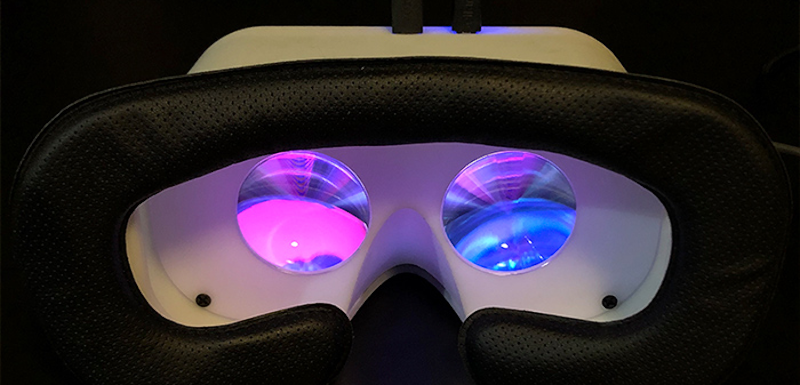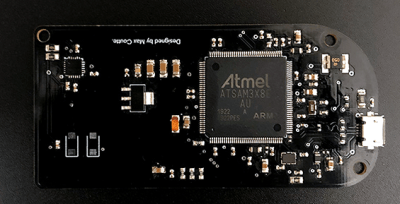We’ve seen homemade VR headsets before, but, often they are dependent on special software or are not really up to par with commercial products. Not so with Relativity, an open source project from [Max Coutte] and [Gabriel Combe]. [Max] says it best:
Relativty is not a consumer product. We made Relativty in my bedroom with a soldering iron and a 3D printer and we expect you to do the same: build it yourself.
Unlike some homebrew gear, Relativity has full Steam VR support. It also has experimental support for positional scaling that tracks your body based on video input.
Under the covers, a motherboard with an Atmel ARM Cortex M3 and an IMU do the heavy lifting and account for $25 of the $200 price tag. The firmware though can run on any suitable ArduinoCore processor. The displays, too, have options. You can go for price with 90 Hz 1080p screens or jump up to 4K. The prototypes use a 2K dual display at 120 frames per second.
If you want to build Relativity yourself, all the details are on GitHub and there is a Discord server for help. The 3D printed case looks great and overall it seems like an impressive design.
We’ve seen a few similar projects, some even cheaper. We actually covered an earlier incarnation of the headset from the same team. You can see they’ve come a long way.

















*relativty
Either they misspelled it, or they chose it because it’s edgy. Either way they are consistent.
Dropping a vowel from an existing word is just standard internet-era branding!
Ok. “Edgy”, then.
no, it’s “Edg” now.
more googlabull
“edG”
i like
Ok but how well does it work ? What’s the Fps, how do you feel about no controllers, does the ‘experimental’ vision tracking work reliably, is it worth the effort ?
FPS?
Feet Per Second?
That depends on how fast the wearer is walking/running while wearing the thing.
(running, ducking, grinning)
bro FPS is frames per second in this case
The color theme on their site and also in most of the pictures of the actual device (running on the displays) is a nice touch. This is an impressive project.
I wish there was a way to ordered a populated PCB, I am not going to try to solder SMD, I am struggling too much soldering regular components.
At 200 bucks that’s roughly about the lower price tag for a Windows Mixed reality headset. A decent one would be more expensive, but you get controllers as well. And OpenHMD has pretty much decent support for these
Free as in beer vs free as in freedom.
The open source here is valuable.
I suspect the Windows MR headsets will also have much better head tracking. Webcam-based tracking is still experimental from the github and relies on the builder’s machine having an nVidia card since it uses CUDA to process the model. The IMU they use will only track 3 degrees of freedom, so if you can’t use the experimental webcam-based tracking, this headset is equivalent to streaming VR games to your phone in a Google Cardboard setup.
Most of the cost here are the displays; unfortunately I don’t see that changing for the diy VR crowd anytime soon.
ok but priced out this doesnt come close to 200$
What a disappointment! This is not open source and it is not 200$!
This is an expensive accelerometer-to-usb converter with a third party closed source 200$ VR controller board and display set. I cannot find any detailed information about the displays. Only the frame-rate, but not the persistence, which is supposed to be important for VR.
-Chris you didn’t bother to look at it? all the info’s there dude. price is in the ballpark and a link to the display is in the git repo… you just trolling? or you feeling threatened by a couple kids doing something cool?
How are the benchmark test performances?